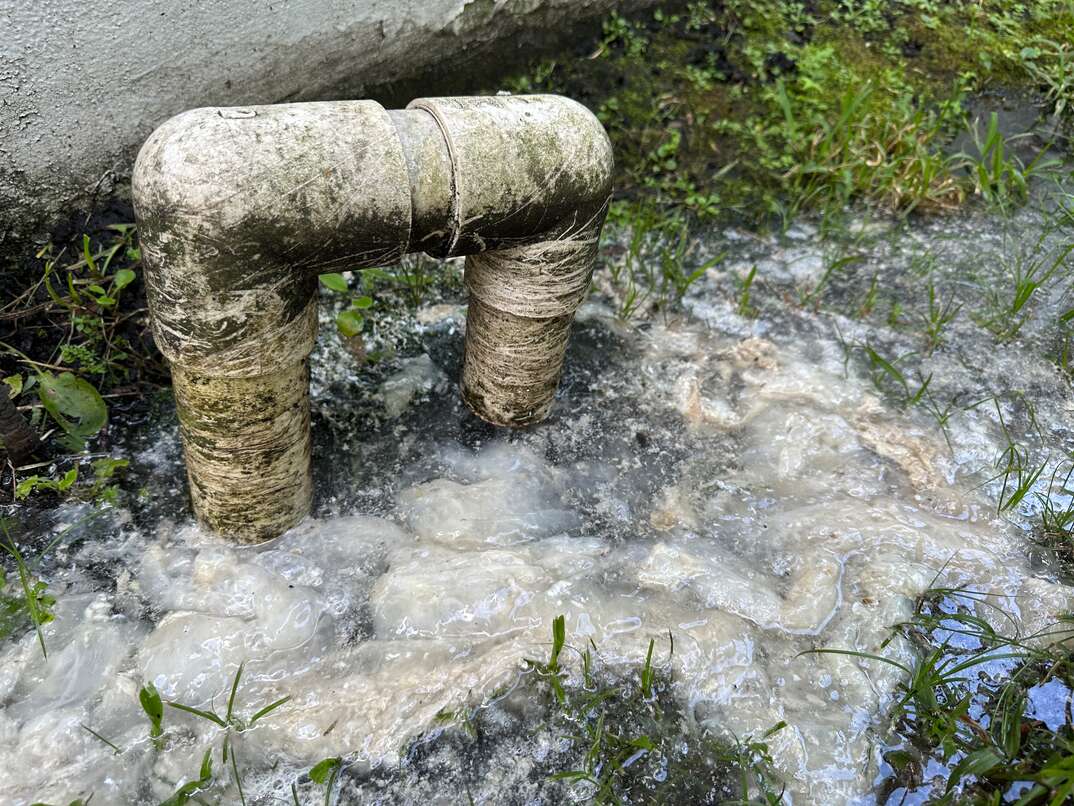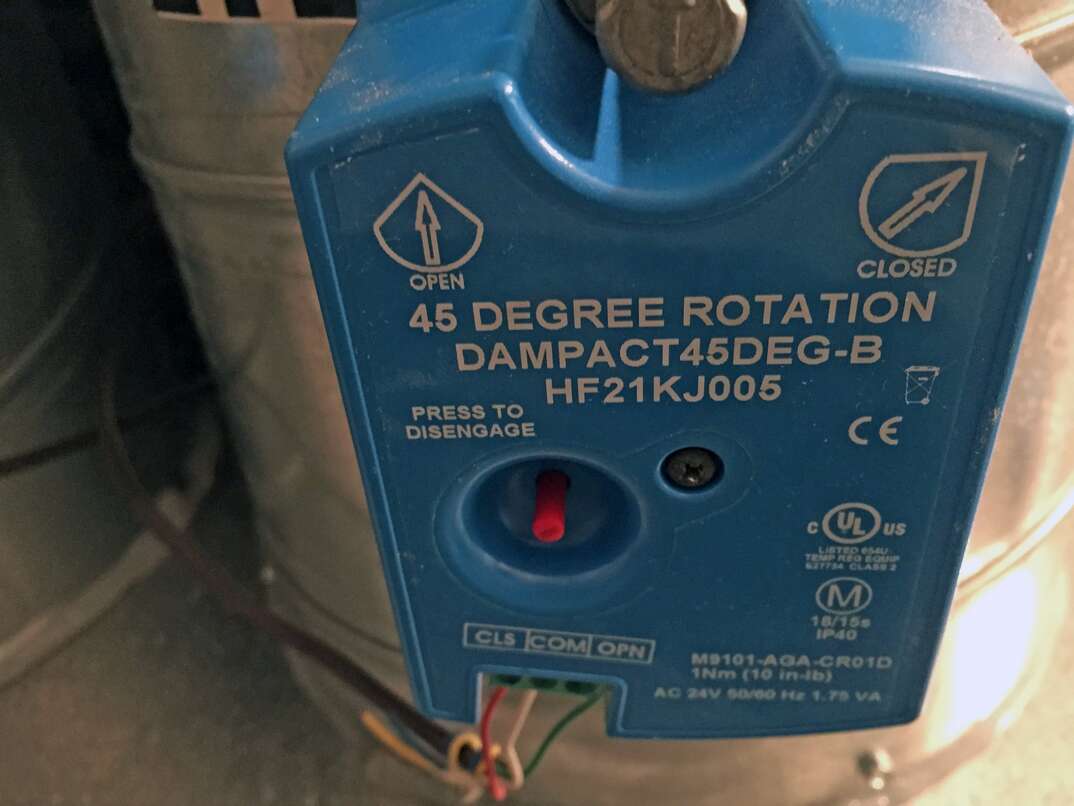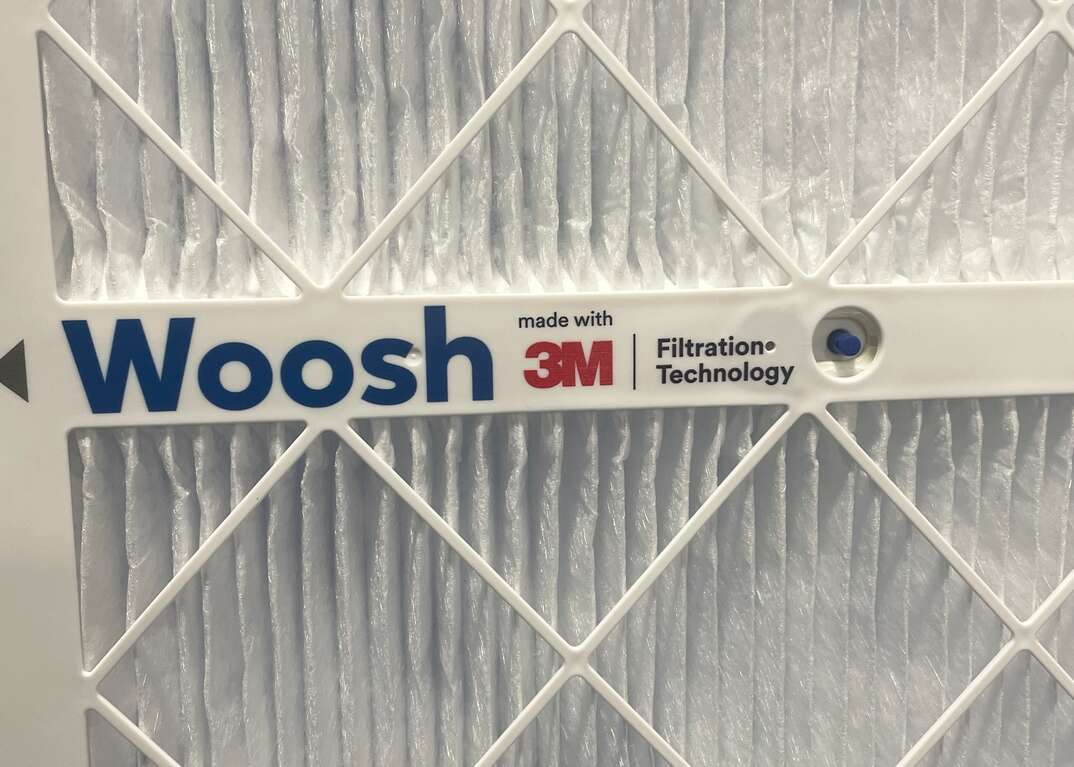What Is a Good AFUE Rating?

As winter's chill sets in, keeping your home warm becomes a top priority. But comfort shouldn't come at the expense of skyrocketing energy bills or worries that you’re harming the environment by burning too much fossil fuel. This is where annual fuel utilization efficiency comes into the conversation.
This May Also Interest You: How Much Could You Save by Upgrading to a High-Efficiency Furnace?
Understanding AFUE ratings can empower you to make informed choices about your heating system. Consequently, you can keep your home warm while also managing your financial and environmental well-being.
What Is an AFUE Rating?
AFUE is a rating system that measures the efficiency of gas-fired and electric heating systems, such as furnaces and boilers. Imagine your furnace as a machine converting fuel, such as oil or propane, into heat. The AFUE rating reflects how effectively this conversion happens over a year.
How Is AFUE Measured?
AFUE is measured by dividing the system's heat output by the total fuel energy consumed. Essentially, it measures how much of the fuel's energy translates into usable heat for your home. While a higher AFUE indicates better efficiency, factors such as maintenance, insulation and ductwork also influence overall performance. So, if you’re considering heating options, understanding AFUE can help gauge your long-term energy costs and environmental impact.
AFUE is expressed as a percentage, with 100% being the theoretical ideal, where all the fuel's energy is used for heating. However, no system perfectly converts fuel into energy. The closest to the ideal is an all-electric furnace or boiler, which can achieve efficiency ratings between 95% and 100%.
What Is a Good AFUE Rating?
Before we answer that question, let’s take a look at the different AFUE ranges to understand the differences between low- and high-efficiency boilers and furnaces.
- Low-efficiency: These appliances, while meeting minimum standards, are considered outdated and wasteful. They convert less than 70% of fuel into heat, leading to higher energy bills and carbon emissions. If your furnace or boiler is in this range, you should seriously consider replacing it.
- Mid-efficiency: This category represents a significant improvement, with appliances utilizing 80%-83% of fuel for heating. This translates to cost savings and reduced environmental impact compared to low-efficiency models. Long term, much of the cost of installing a boiler or furnace with this rating can be offset by lower energy bills.
- High-efficiency: Appliances with these ratings are considered the champions of efficiency. They convert 90% or more of fuel into heat, resulting in substantial savings on your energy bills and minimizing your carbon footprint. They often come equipped with advanced technologies, such as condensing heat exchangers, that further maximize their efficiency.
So, what constitutes a "good" AFUE rating? Unfortunately, there's no one-size-fits-all answer. It depends on various factors, such as:
- Your climate. If you live in a region with harsh winters and prolonged heating needs, a high-efficiency furnace (90%+) could significantly reduce your energy bills over time. However, in milder climates, a mid-efficiency model (80%-90%) might offer an adequate balance between cost and efficiency. You should expect to pay between $2,000 and $5,200 (CAD 2,694 and CAD 7,004) for a mid-efficiency model.
- Your budget. High-efficiency furnaces generally have a higher up-front cost. For example, a gas furnace installation will cost between $3,300 and $6,900 (CAD 4,445 and CAD 9,294). While they deliver long-term savings, the initial investment might not be feasible for everyone. Consider the payback period — how long it takes for the energy savings to offset the higher initial cost.
- Environmental impact. If minimizing your carbon footprint is a priority, a high-efficiency furnace is the clear winner. Its lower fuel consumption translates to reduced greenhouse gas emissions.
More Related Articles:
- How Often Should You Change Your Furnace Filter?
- Replacing Your HVAC Air Filter Is a Breeze! Follow These 7 Steps
- How Much Does HVAC Repair and Maintenance Cost?
- Is an HVAC Tune-up Worth the Price? (Yes, Yes It Is)
- Gimme a Tax Break: 5 Things to Know to Get the Latest HVAC Tax Credits and Rebates
How Can I Find My Furnace’s AFUE Rating?
Look for the Energy Guide label affixed to the unit itself. This label will feature a bright yellow rectangular sticker displaying the product's AFUE (Annual Fuel Utilization Efficiency) rating. It’s often accompanied by an estimated annual energy consumption figure, comparisons to similar models and additional information, such as the manufacturer's name and model number. This helps consumers make informed decisions by providing key details about the appliance's energy efficiency and potential cost savings over time. If the label is missing, consult your owner's manual or contact the manufacturer.
Remember, AFUE isn’t the only factor influencing your heating system's performance and cost-effectiveness. Regular maintenance, proper sizing for your home and the quality of your home’s insulation all play crucial roles. Consulting a qualified HVAC professional can help you make an informed decision based on your specific needs and circumstances.


